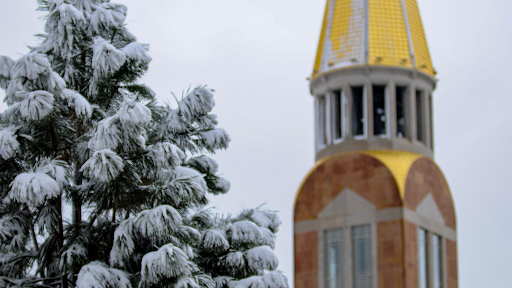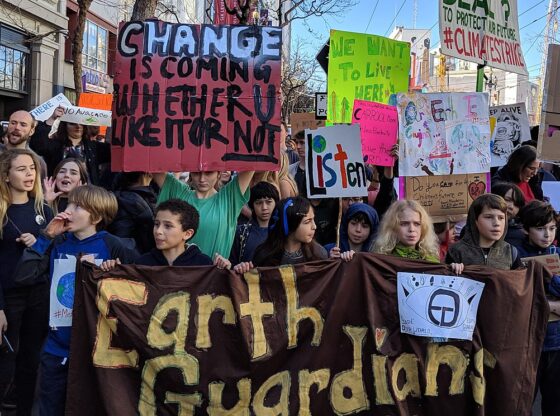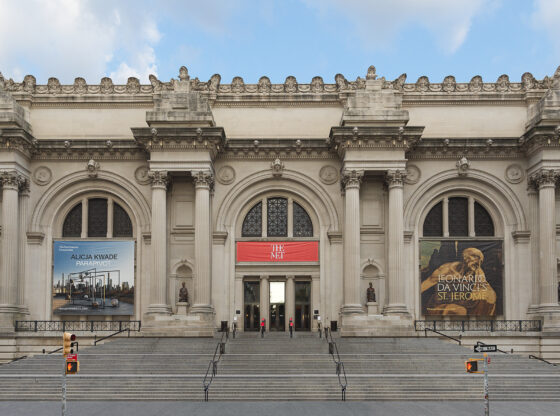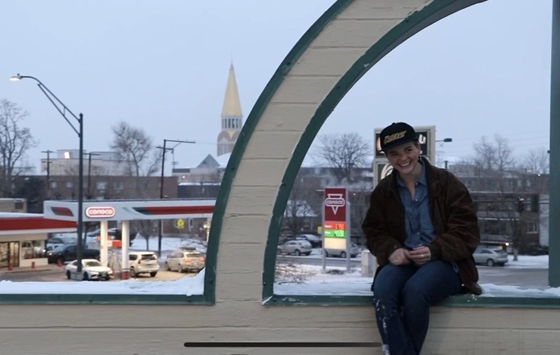In the heart of the Anderson Academic Commons (AAC), amidst working students and buzzing laptops, there lies a hidden gem brimming with a vast collection of photographs, documents and objects from Denver’s Jewish history. The Beck Archives of the Rocky Mountain Jewish Historical Society, one of the various collections and archives in the AAC, is home to a collection of Jewish historical relics from the Rocky Mountain region, particularly from Colorado.
Located on the bottom floor of the AAC, just to the right upon descending the main staircase, the archives currently have on display an exhibit from the Colorado Committee of Concern for Soviet Jewry Collection.
On Monday, Oct. 21 from 10:30 a.m. to 12:30 p.m. a reception was held for the opening of the new exhibit. The display, which will be up for about four weeks, presents photos and remnants of the Soviet Jewry movement in Denver in the late 1900’s.
The Soviet Jewry movement was a protest movement that took place in the United States and Jewish communities across the globe, as a response in large part to the Holocaust as well as to Russian anti-Semitism into the 1960’s to 1970’s.
“The Colorado Committee of Concern was started in the 1960’s because so many Jewish people, especially the intellectuals, were being put in prison in the Soviet Union,” said Thyria K. Wilson, Archivist and Reference Specialist in the Beck Archives.
Many of the exhibit’s photos feature Lillian Hoffman, the co-chair and a national leader in the Soviet Jewry movement. According to Wilson, Sheila Bialik, the daughter of Lillian Hoffman, spoke at the reception.
“She came out and showed a video and gave a little speech,” said Wilson.
According to Wilson, the reception was attended by Jewish members of the local community as well as individuals who know Bialik and others who are simply interested in the subject.
Wilson said this is an exceptionally vital part of history to expose students to because it was one of the first large human rights protests; furthermore, the movement represents the first Jewish group in the Denver area to use real public protest on the capitol steps and streets.
The exhibit is located just next to the Beck Archives. Numerous photographs depicting the events of the Soviet Jewry movement in Denver are displayed in glass cases along with pins worn by protesters and a written explanation of the history of the movement.
Wilson pointed out some photographs that captured the Fast for Freedom and others that represented protests during the 1960’s.
“You can tell that these are from the sixties with the guitars and the long hair,” said Wilson.
Wilson additionally noted that the exhibit presents a number of letters that were written during the movement.
“They contacted all kinds of Senators, even President Nixon, and it went on for quite a few years until Russia was freer,” said Wilson.
According to Wilson, the archivists hope for the students to learn about an important part of Denver’s history through this exhibit. She added that interested students are welcome to see more of the pieces that are not included in the display.
“We do have a collection, so students can come and see some of the original documents and photos,” said Wilson. “We have a wide variety of artifacts that all really have a lot of history here.”











